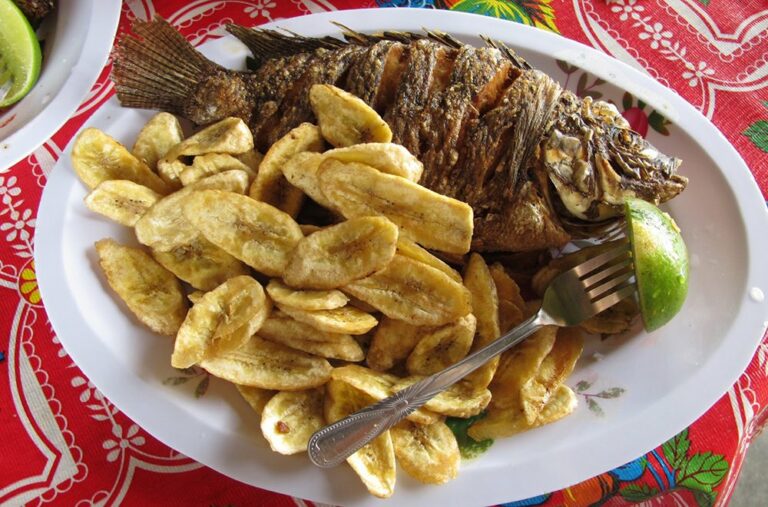Introduction: The Flavorful Cuisine of Honduras
Honduran cuisine is a mix of indigenous, African, and Spanish influences that combine to create a unique and flavorful culinary experience. The country’s geography, with both Caribbean and Pacific coastlines, along with its fertile soil and tropical climate, provide a rich and diverse selection of fresh ingredients that form the basis of many traditional Honduran dishes.
Honduran cuisine is characterized by its use of aromatic herbs and spices, which are often combined with fresh fruits and vegetables, seafood, meats, and grains to create dishes that are both satisfying and flavorful. Whether you’re a fan of bold, spicy flavors, or prefer a milder taste, there is something for everyone in Honduran cuisine.
Exploring the Use of Spices in Honduran Dishes
Spices are an essential ingredient in Honduran cuisine, adding depth, complexity, and flavor to many traditional dishes. From cumin and coriander to cinnamon and cloves, Honduran chefs use a wide range of spices to create unique flavor profiles that are both delicious and satisfying.
One of the most important spices in Honduran cuisine is achiote, a bright red seasoning made from the seeds of the Annatto tree. Achiote is used to give dishes a distinctive orange-red color and a slightly sweet, peppery flavor. Other commonly used spices include garlic, oregano, bay leaves, and thyme.
Common Spices in Honduran Cuisine
While the use of spices varies depending on the dish and the region of the country, there are several spices that are commonly used in Honduran cuisine. These include:
- Achiote: as mentioned above, this bright red seasoning adds color and flavor to many traditional dishes.
- Cumin: a warm, earthy spice that is often used in Honduran soups and stews.
- Coriander: a fragrant spice with a citrusy, slightly sweet flavor that is commonly used in rice dishes and marinades.
- Garlic: a pungent spice that is used in many traditional Honduran dishes for its strong flavor and health benefits.
- Oregano: a bold, aromatic herb that is often used in meat dishes, sauces, and soups.
The Heat Factor: How Spicy Are Honduran Dishes?
While Honduran cuisine is known for its bold flavors, it is not typically considered to be overly spicy. Most dishes use a moderate amount of heat, with spices used to enhance flavor rather than overpower it.
That being said, there are some dishes that are more spicy than others, such as the popular dish called “chilate,” a thick soup made with roasted corn, chocolate, and chili peppers. Other dishes that may have a bit of a kick include “pollo con tajadas” (fried chicken with plantains) and “sopa de res” (beef soup).
Regional Variations in Spiciness
The level of spiciness in Honduran cuisine can also vary depending on the region of the country. Coastal regions tend to use more seafood and tropical fruits in their dishes, while the interior of the country is known for its hearty stews and roasted meats.
In general, the cuisine of the Caribbean coast tends to be spicier than that of the Pacific coast. Dishes from the Caribbean region often use a lot of chili peppers and spicy sauces, while dishes from the Pacific coast tend to be milder and more savory.
Conclusion: Enjoying Honduran Cuisine, Whether You Like It Spicy or Mild
Whether you prefer your food mild or spicy, there is something for everyone in Honduran cuisine. From hearty stews and soups to fresh seafood and tropical fruits, the cuisine of Honduras is a celebration of flavor and culture.
So the next time you’re looking to try something new, consider exploring the rich and diverse world of Honduran cuisine. Whether you’re dining in a restaurant or trying your hand at cooking at home, you’re sure to discover new flavors and taste sensations that will leave you wanting more.

